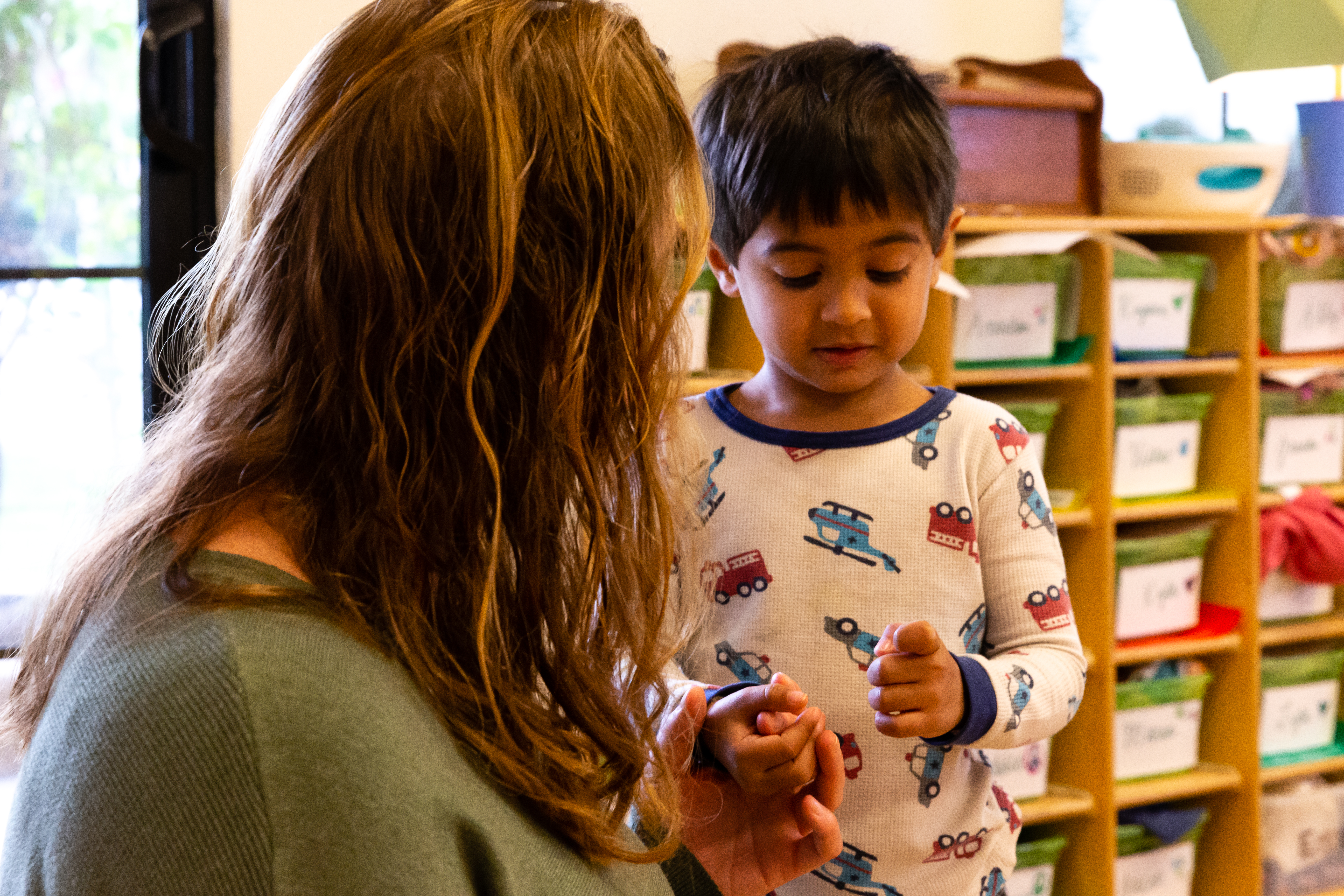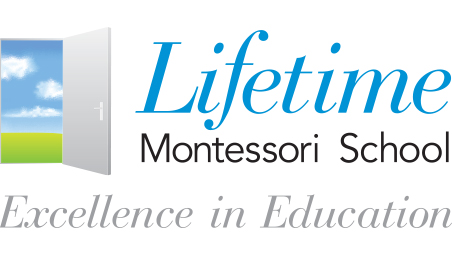(858) 759-0631
Bullying.
Is there any other word other than ‘bullying’ that conjures so many emotions in parents and children?
It’s as if the word is a ‘trigger’ when describing hurtful behavior. Bullying hurts friendships and relationships—between children and parents, too.
Bullying is malicious, repeated intent to hurt another. Whatever one child can do to another to push, trigger and hurt again and again is bullying.
So, how can teachers help stop bullying?
Manifestations of Bullying
Young children may not know how to express anger. Or, they may say something upsetting after hearing it from a parent or on television. As such, the toddler or Pre-K student may say to himself, “I don’t know what this hateful word means but I’m going to say it anyway…instead of give me my ball back.”
The Montessori Method Difference in Action
Unlike three and four year-olds who may get mad and hurtful toward another child once, repeated bullying begins in the higher grades of elementary school—a later stage in a child’s development.
When children are older, they can think, imagine and process how to hurt another child’s feelings.
Why?
Feeling powerful.
Parental Learning
At home, when a child feels he or she is not valued and trusted, he may develop self-worth issues. Thus, he may feel better about himself by having someone feel lower than him. Power—via hurt rather than empathy--can be a heady, euphoric feeling. Imagine the overpowering punch of emotion from insulting someone in front of everyone.
Parents can affect bullying.
If you spend time valuing and embracing your child into your adult world, you increase his or her self-worth. If you praise them—telling them they are kind, generous, and hard-working, then they’ll feel respected and worthy. So, if they say something hurtful out of anger, they won’t feel that rush of power. Rather, they will feel guilty and won’t continue that behavior.
Stated differently, bullying is about a child wanting to feel valued and important. You can achieve that feeling with your kids…and that is all about you and how you parent. We recommend the Montessori Way.
The Montessori Method Teaching Difference
A core Montessori Method difference is catching and treating children—and their parents—early on to defray hurtful behavior.
Montessori teachers are trained to engage in conversations with aggressive children whose words or actions are hurtful to peers. We begin by asking, “How would you have liked this to happen to you?”
We try to put the hurtful child in someone else’s shoes so they understand the feeling.
Then, we create connections and build awareness about how words hurt.
Others have feelings, too, you know. This is how we teach empathy.
One outgrowth of this elementary school problem is attempting to change the scenario.
For example, after teacher discussions to all persons, the child who got hurt may be able to reach out and teach the bully that maybe they could work together! In other words, we talk, validate both parties’ feelings and work toward going forward together.
It is that type of creating positive behaviors from negative ones that make Dr. Maria Montessori’s teachings work as well today as they did over a century ago.
Summary
Our children need to:
- Empathize with people in their community
- Express their feelings
- Have their feelings validated
- Stand up for themselves, and
- Learn to engage and communicate to get what they need in a positive way.
At Lifetime Montessori School in Santaluz, we talk to get past hurtful words and toward the real reasons for the outbursts. And once we’ve addressed those reasons, our children and students can go forward carrying a still more powerful feeling—harmony, empathy and cooperation.

